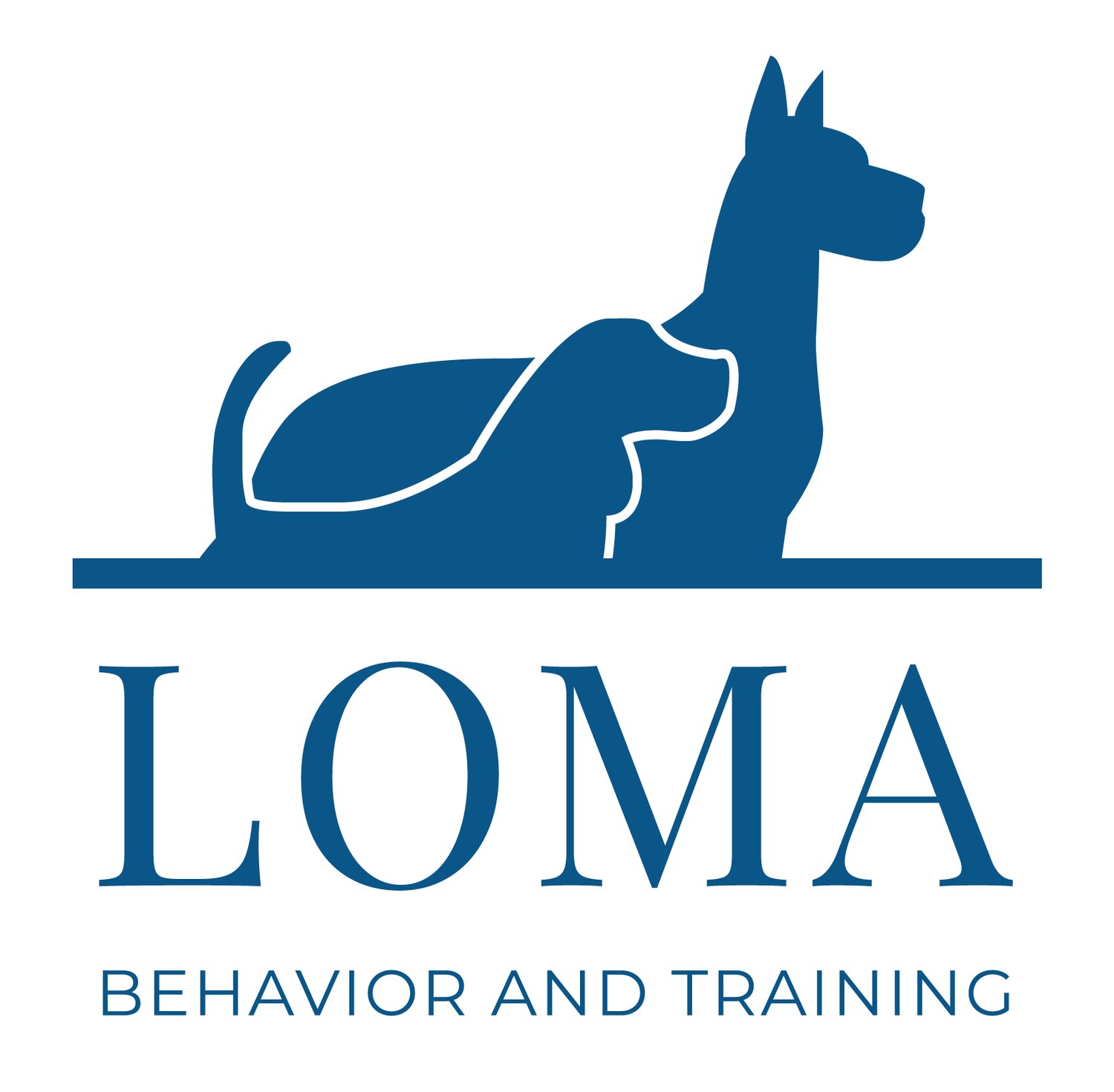Can I train my puppy before he has all his shots?
The client who called just brought home a puppy. She heard that socializing and training a puppy was very important and she was excited to get started. However, when she took her puppy to its first wellness visit, her veterinarian told her to keep her puppy at home until he was fully vaccinated. She wanted to know if there was anything she could do while she isolated her puppy at home.
Many people now know that socialization is important for raising confident, happy and relaxed dogs. But did you know that the most important time to socialize a puppy is before the puppy is fully vaccinated? The American Veterinary Society of Animal Behavior (AVSAB) recommends socialization start as early as 7-8 weeks of age after a puppy has received only 1 set of vaccines. This poses a challenge for new puppy parents because some primary care veterinarians recommend keeping puppies at home until they are 16 weeks of age when they are fully vaccinated against Rabies, Distemper and Parvo. The veterinarians of AVSAB make the recommendation to get puppies socialized during their critical socialization period, before full vaccination, because behavioral problems are the number one cause of dogs getting relinquished to shelters and the number one cause of death for young dogs.
So, our client was caught in this dilemma. How could she take advantage of her puppy’s “puppy time,” that once in a lifetime opportunity she has to shape her dog for many years to come, but also not worry about disease? One of the best ways to safely socialize a puppy that is not fully vaccinated is to enroll in a class specially designed for puppies under 4 months, where extra care is taken to minimize the risk of disease. A class geared to puppies should be thoroughly cleaned and disinfected prior to class time. The other puppies in the class should all be required to see a veterinarian prior to attending class. Even though the other puppies in the class may not be fully vaccinated, they should all be required to have the 1st set of vaccines at least 7 days prior to attending class. This 1st vaccination is given to puppies when they are 6-8 weeks of age so a puppy is ready for class by 7 or 8 weeks of age. These practices combined with the maternal immunity that is still in a puppy’s system, minimize the risk of infection while maximizing the opportunity for socialization needed while your puppy is in the most critical period of 8 to 16 weeks of age. Well designed puppy programs, like LOMA Behavior and Training’s Puppy Preschool Program, set you and your puppy up for a lifetime of success while reducing the risk of infection and the likelihood of behavioral problems. If you or someone you know has an 8 week old puppy or you’re planning to add one to your family soon, enroll in a safe puppy class as soon as possible so you use your one and only puppy time in the best way possible.
What can you do if you can’t find a class designed for puppies near you? Look for safe ways to socialize your puppy before your puppy turns 16 weeks, the age the critical socialization period ends.
You can arrange playdates with the dogs of your friends or family. The dogs should be friendly with other dogs and fully vaccinated so there is little disease risk to your puppy. If you have the opportunity to introduce your puppy to multiple dogs in a setting, be sure to introduce your puppy to each dog separate so your puppy is not overwhelmed.
You can only go to locations where fully vaccinated dogs go. This typically means avoiding dog parks. Few dog parks have a way to monitor the vaccination status of the dogs coming for playtime.
Take your puppy out to experience the world safely by carrying your puppy or using a pet stroller. Let your puppy see new things, hear the sounds of the neighborhood, and smell the world from a safe place.
Your puppy can go in the car with you to see the sights and hear the sounds of your community or your puppy can get a ride in a grocery cart at pet-friendly stores.
Set up multiple stations in your backyard or house with many different surfaces: grass, gravel, sand, crunchy paper, concrete, water, wet towels. Encourage your puppy to step on different surfaces without forcing him.
Find a way to use your puppy time to safely socialize your puppy.


